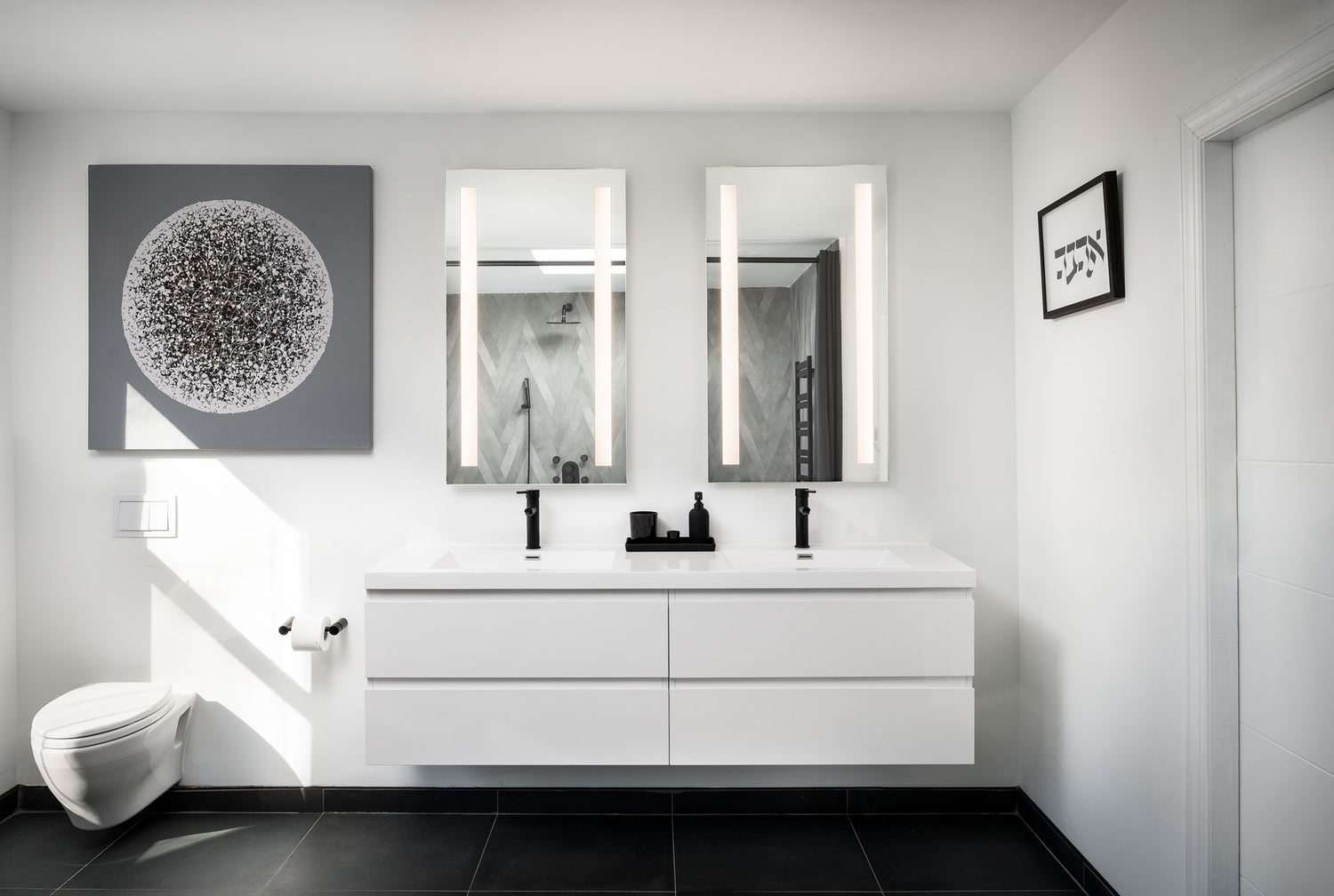A high general CRI doesn’t guarantee a high R9 value, which is necessary to accurately see human skin tones.
Color rendering index (CRI) is a measurement of how much a light source shows the “true” colors of the objects it illuminates on a scale of 0 to 100. A higher CRI rating yields a better color rendering that is closer to natural sunlight and preferred by users.
CRI can be further broken down into sub-scores known as “R” values, which also have a maximum of 100. Each R value represents the light source’s color rendering ability for a particular color or shade. CRI is simply an average of the first 8 R values. Other R values, including R9, are critical color samples that are not included in the general CRI calculation. Many manufacturers will only report general CRI, so a light can have a high CRI, but a low R9 value.
Image www.waveformlighting.com
R9 is the score that represents how accurately a light source will reproduce red colors. Red is a crucial color for many applications including photography, textiles and reflecting accurate human skin tones. Therefore, a light that lacks red will make a person look pale, or even green.

Image www.waveformlighting.com
R9 is a useful supplement to judge a light source’s color rendering ability. Séura’s Radiant LED Technology with 90+ CRI has an R9 value of 96 on a scale of 100, with 100 being the best. With Séura Radiant LED Technology, you’ll get the full color spectrum, including strong red colors.

